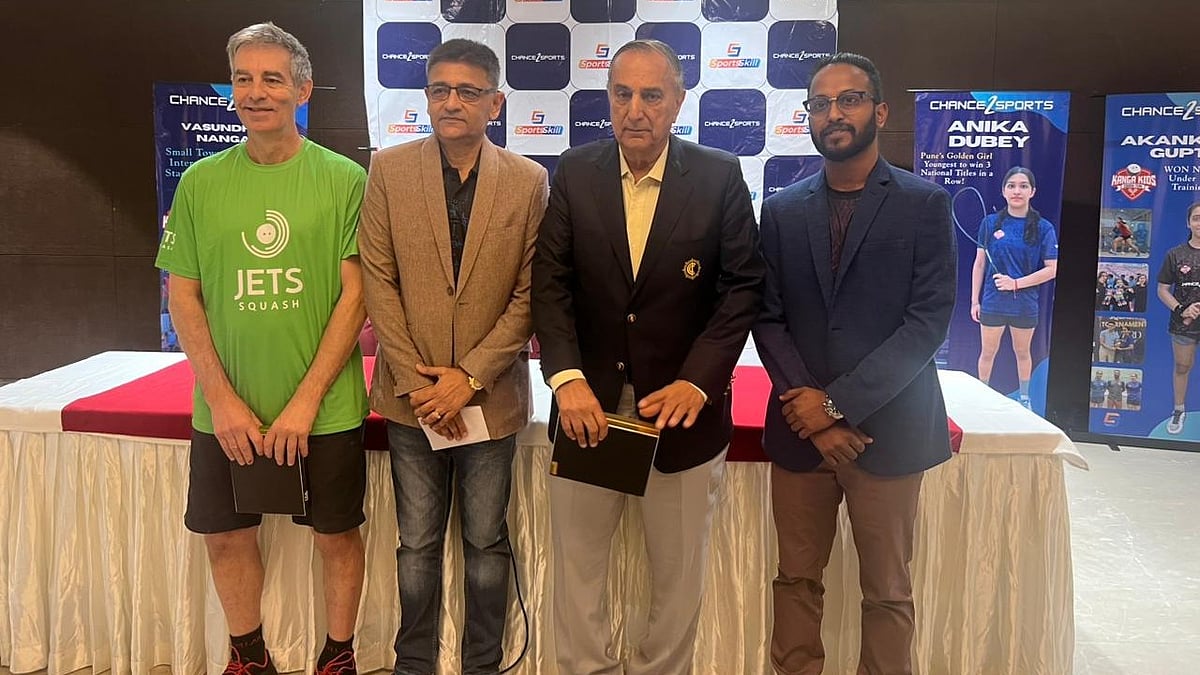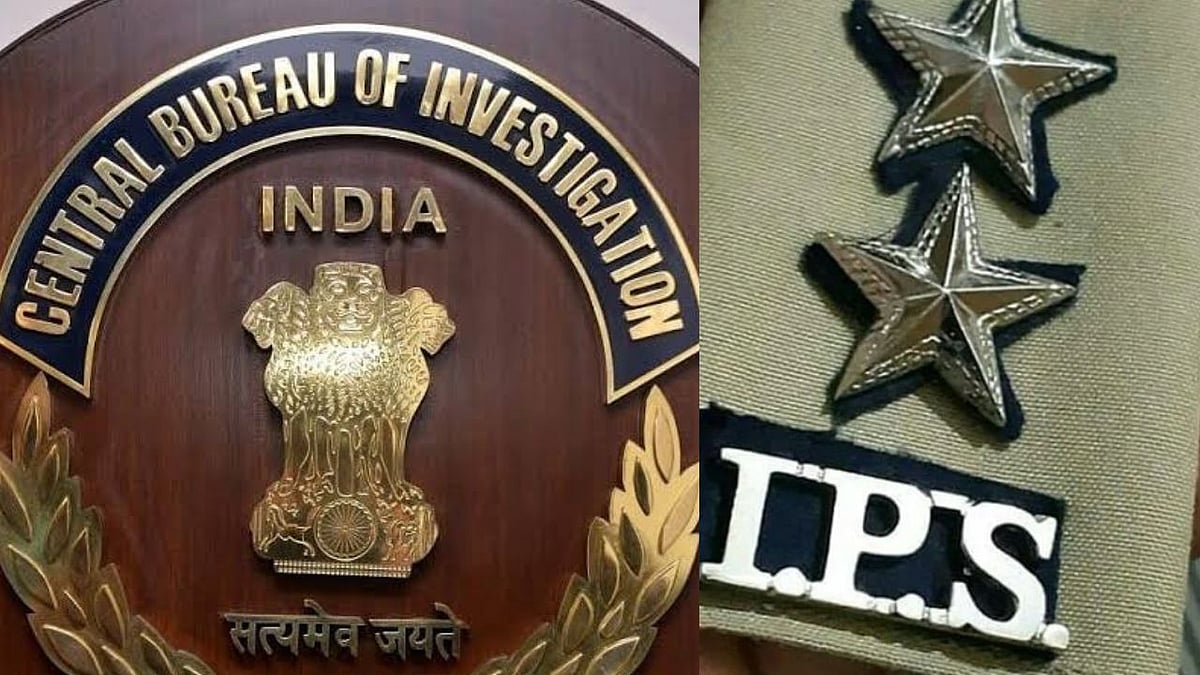Mumbai: In an effort to digitise the judicial system, expedite processes, and make legal proceedings accessible at the local level and in local languages, the Bombay High Court has undertaken various measures. These initiatives range from incorporating information concerning all institutional litigants across the country into its system, independently developing proprietary software for digitising case records, and implementing QR Codes in all orders/judgments, to utilising an Artificial Intelligence-Assisted Translation Facility for translating judgments into local languages.
The High Court (HC) has integrated details about all institutional litigants throughout the country into its Case Information System (CIS), a database employed by both the High Court and district courts within the State. A circular issued by the Registrar General of the high court on August 19 noted that one immediate benefit of this integration is that any new case filed in Maharashtra can automatically trigger an alert to the relevant entity anywhere in the country.
Benefits of the app
“Once a respondent/opposing entity is identified, the nearest court (anywhere in the country) can be located. The service can be rapidly executed in digital form by transmitting the notice or a warrant and the accompanying filing (soft copy) to the court nearest to the respondent entity,” the circular explained. The Bombay High Court stands as the pioneer and the only one to achieve this milestone thus far.
The collated information encompasses basic details of approximately 40,500 entities nationwide, including the State Government, Central Government, corporations of both sectors, government companies, public sector banks, insurance companies, all police stations in Maharashtra, all prisons in India, and private as well as public limited companies.
Furthermore, the information covers cooperative sugar factories and cotton mills, agricultural produce market committees, urban and rural local bodies, national, scheduled, non-scheduled, cooperative banks, universities, and colleges.
BHC Interact
The High Court has also independently developed its own software for digitizing case records. A circular issued for this purpose states that the portal named "BHC Interact" serves as a platform for staff, lawyers, and judges to access files. Meanwhile, "BHC Connect" digitally links the case records of the district and taluka courts with those of the High Court. Additionally, "BHC Ingestion" enables district and taluka courts to transmit digitized records to the High Court when required. The retrieved record is then automatically associated with the relevant high court case for viewing by the High Court judge. The circular further adds that this process could eliminate the necessity to duplicate entire district or taluka court records.
Furthermore, the High Court has provided an update on the neutral citation project, which was initiated for all its benches in March 2023. Alongside the citation itself, judgments and orders also incorporate QR codes and digital signatures. This QR code will allow any user to directly access the authenticated judgment or order from any electronic device capable of scanning the code. The circular states, "This three-in-one facility (Neutral citation, QR code, digital signature) is unique to Bombay High Court judgments and orders."
The High Court has also issued another circular announcing that it has successfully translated a total of 114 judgments from English to Marathi using the Artificial Intelligence-Assisted Translation Facility.
Furthermore, the High Court has developed a facility to generate geographical information system (GIS)-based Choropleth maps. A Choropleth map employs color-coding to visually represent statistical data of cases on a district or area-wise basis. These maps have been crafted using data from the National Judicial Data Grid (NJDG) to depict the statistical distribution of cases in a color-graded visual format. Such maps facilitate data-driven policy decisions by the administration, as mentioned in the circular.








.png)



